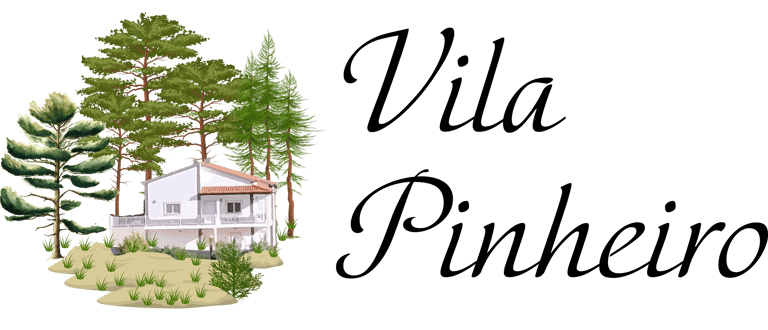

Design 06: Vila Pinheiro – Food Self-Sufficiency Design
This design maps the journey of Vila Pinheiro toward complete food self-sufficiency through permaculture principles, traditional knowledge systems, and ecological farming methods. Using the GoSADIMET framework, the plan guides the homestead in growing 80–100% of its nutritional needs, reducing dependency on external food systems, and building resilience in the face of climate and economic shocks.
The focus is on combining low-input, high-output strategies such as bio-intensive raised beds, Ayurvedic and Mediterranean plant guilds, and permaculture food forests. Key to the strategy is the integration of land-based solutions with careful observation, crop rotation, and seasonal mapping. The design aims not only to meet dietary needs but to do so regeneratively, respecting the cycles of nature while increasing productivity and biodiversity.
Vila Pinheiro’s land is divided into zones, with Zone 1 focusing on kitchen gardens, herbs, and salads close to the home, and Zone 2 expanding into grains, pulses, and root crops. Zone 3 supports long-term perennial crops, such as the food forest, olives, and nut trees. Raised beds, companion planting, mulching, composting, and drip irrigation ensure water-efficient, nutrient-dense production across all zones.
The design uses tools like input-output analysis, seasonal planting calendars, yield calculators, Ayurvedic food charts, and crop family rotation guides. It also tracks household consumption across categories—vegetables, fruits, pulses, grains, spices—to align production with need. The food system includes animals (poultry and goats), compost loops, and seed-saving practices to ensure a closed-loop, circular economy.
A critical component is the incorporation of Ayurvedic dietary principles, with food classified by taste (rasa), energy (virya), and post-digestive effect (vipaka), creating a seasonal diet that aligns with health and climatic rhythms. The garden design supports diversity and cultural resilience, producing not only calories but healing, flavour, and abundance.
The implementation is phased, beginning with rapid-yield crops and evolving into perennials, polycultures, and forest layers. A feedback loop enables adaptive learning through observation, harvest logs, and taste trials. The design is not static but evolves alongside the land and its stewards.
By combining traditional wisdom, bio-intensive methods, and the ethics of permaculture food forest systems, this design demonstrates that food sovereignty is not only possible on a small scale but can be regenerative, affordable, and deeply nourishing.
Framework/s: GoSADIMET Framework
Focus: Regenerative Food Self-Sufficiency Design
Tools: Input-Output Analysis, Yield Calculators, Seasonal Calendars, Ayurvedic Food Charts, Companion Planting Matrix
Document Format: PDF
Total Length: 82 pages
Estimated Read Time: 60–70 minutes
File Size: 20.63 MB
